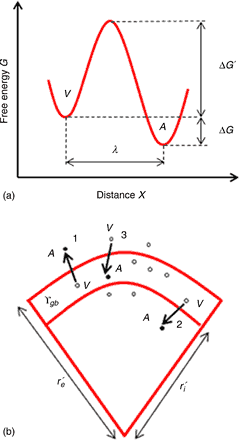Crossref Citations
This article has been cited by the following publications. This list is generated based on data provided by Crossref.
Liu, Jinling
Wang, Yiguang
Yang, Fuqian
Chen, Kepi
and
An, Linan
2015.
Grain refining in spark plasma sintering Al2O3 ceramics.
Journal of Alloys and Compounds,
Vol. 622,
Issue. ,
p.
596.


